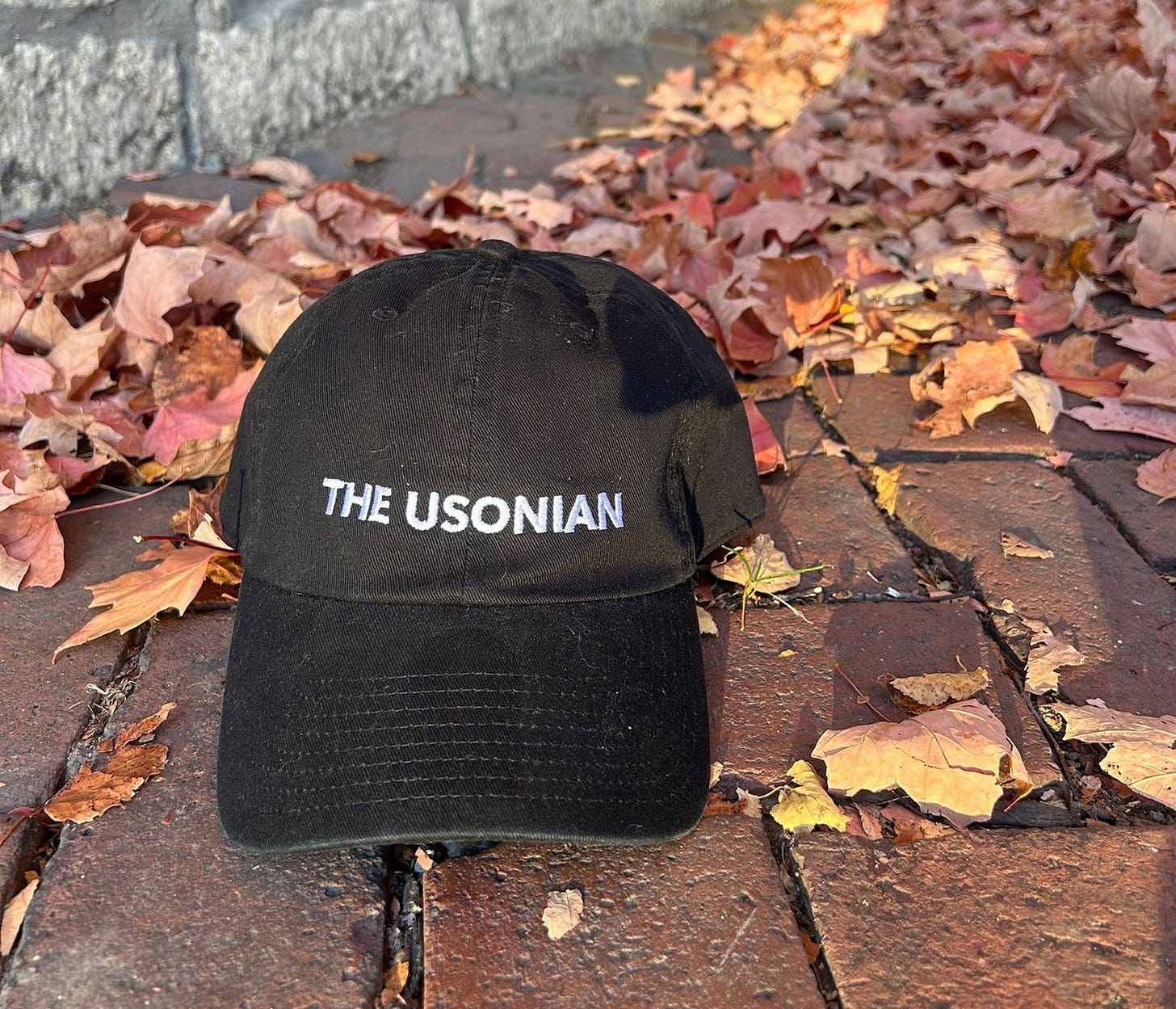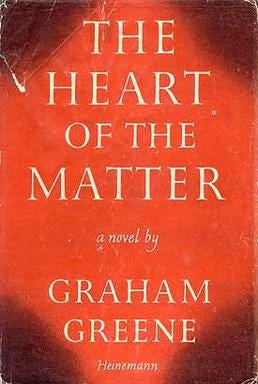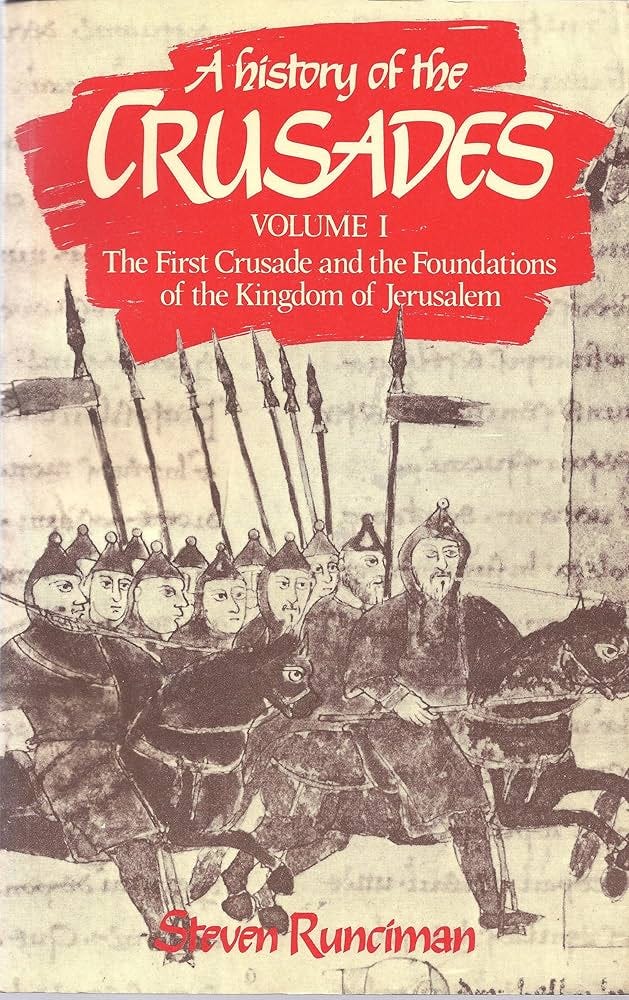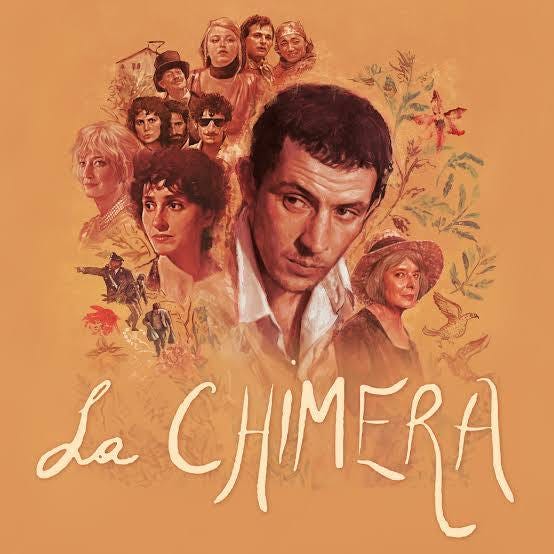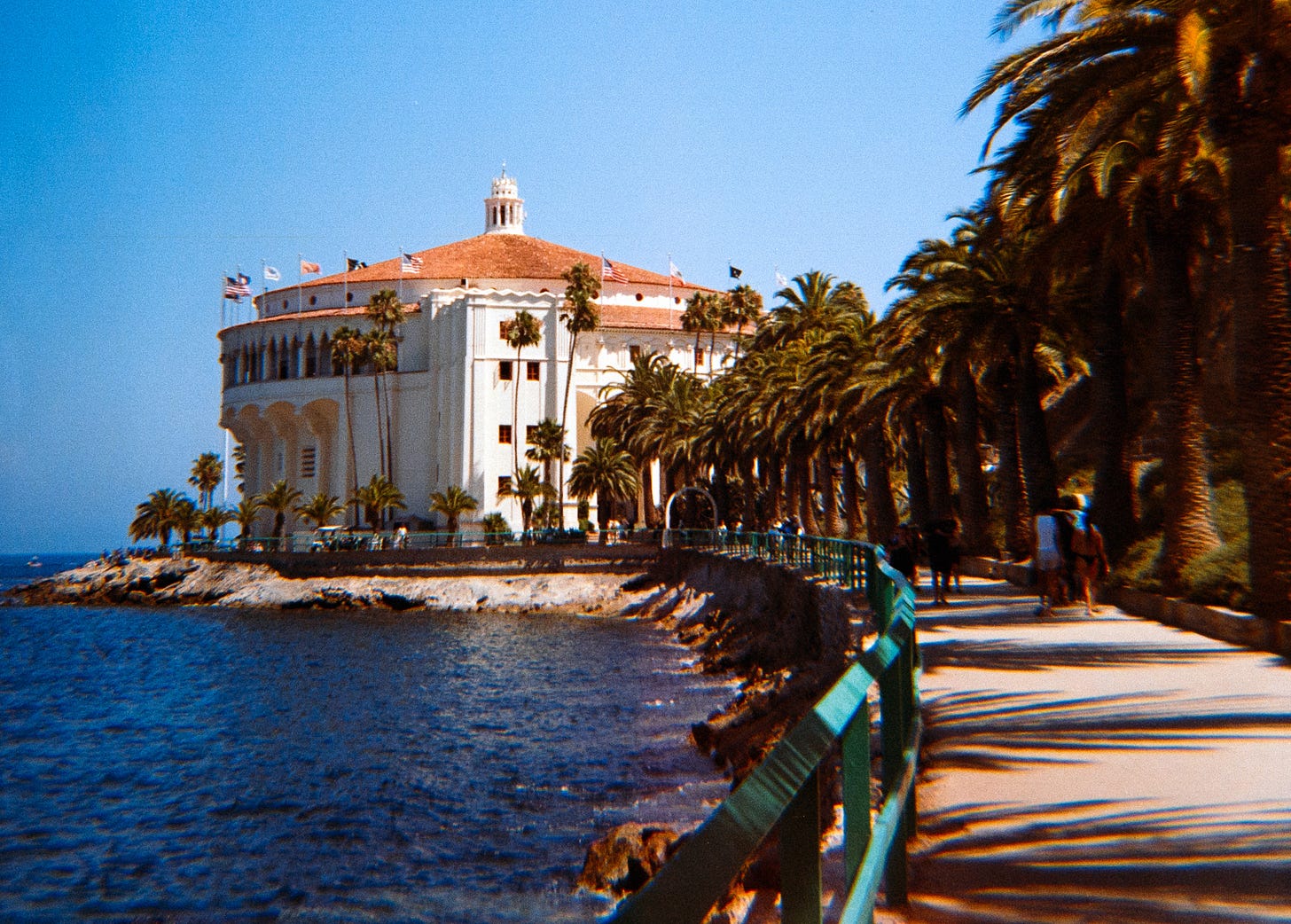A swiftly tilting planet
2024 in review
In the late 1960s, Joan Didion wrote an essay called Good Citizens. The piece reflected on attitudes of liberal disillusionment in the aftermath of the assassinations of MLK and RFK (the elder), the crumbling American position in Vietnam, and the election of Richard Nixon. The Californians she was writing about, coping with the sagging tide of the news, politely pressed on despite all the disappointments of their generation. Toward the end of that piece, Didion wrote: “It occurred to me finally that I was listening to a true underground, to the voice of all those who have felt themselves not merely shocked but personally betrayed by recent history. It was supposed to have been their time. It was not.”
By the close of the year 2024, the US has gone through a similar reckoning. As the sting wears off and we steel ourselves for the rancor and setbacks to come, we might be reminded that this sort of thing has happened before. It will happen again. Like the motion of the tides, populism comprises a wave that sweeps forward and draws back, endlessly. The big vs. small government debate has gone on in the US since the time of John Adams and Thomas Jefferson. Now, as many pundits have already written, we’ve reached the end of the so-called “End of History” era as suggested by Fukuyama. It’s a new chapter.
And that chapter is not yet written. Countries like France have cycled through constitution after constitution—since 1958, they’ve been on their Fifth Republic. (Arguably the US’s current constitution is the Second Republic, since the Articles of Confederation represented the nation’s first constitutional failure). One can only hope that in the reaction to the Trump era, we’ll be able to perhaps set the terms of the next iteration—a more egalitarian and progressive Republic, formed from the embers of the system that appears to be contorting into the darkest version of itself.
But enough attempts at processing the moment. This is my end-of-year post, and there’s business to attend to. Besides the global movements convulsing the world, this was a rather big year for me. After twenty years of jumping around the country (and the globe), I moved back to my native Los Angeles. The return reminded me of where I came from and the worldview I brought to the places I’ve lived—and perhaps explains (in my head, at least) why I was always skeptical of the frigid personalities and aggressive driving of the Washingtonians I encountered in my middle and high school years.
This year, I also returned to Cyprus for the first time since my Fulbright year as part of an effort to launch the new travel section of Princeton Alumni Weekly. That experience was an affirmation of the time I spent there and the deep connections I made.
But, without further plodding—the main course. Here were some of the works of storytelling I admired—and a highlight reel of the work that I brought into the world.
Favorite Novel: Graham Greene’s The Heart of the Matter
I admire Graham Greene for the economy of his storytelling, his cinematic prose, and his (now historic) descriptions of exotic locations. Greene divided his work into “serious novels” and “entertainment” but while The Heart of the Matter is serious, it is also very entertaining. Major Scobie serves the Crown in a fictionalized Sierra Leone during World War II. When his wife departs, he has an affair with the survivor of a shipwreck—a young woman named Helen—giving his nemesis Wilson the ammunition to bring him down.
Now, there are A LOT of things about this one that haven’t aged well—the colonial perspective, the dating age gap between Scobie and Helen, the protagonist’s wrestling with an overbearing Catholicism that seems superfluous in the 21st century—but Greene was a prose master and the melodrama is finer tuned (the book is a tight 297 pages) than most TV series working today. Definitely worth a look.
Nonfiction: Stephen Runciman’s History of the Crusades
After coming across the first volume of Stephen Runciman’s magisterial History of the Crusades at Cyprus’ famous Moufflon Bookshop, I spent the better part of my summer plowing through this highly dense but entertaining trilogy. I took a course on the Crusades in college, and I was intrigued by the characters—various charismatic and bitter knights, Arabian lords, and princesses with enough intrigue to last a thousand years. Runciman’s style of history was of the era when historians tried to create great genuine narratives, and Runciman’s books read like great novels. With close attention to the Middle Eastern sources in addition to the Western European texts, Runciman generates what can only be described as a Game of Thrones that actually happened. Filled with extraordinary anecdotes about the petty rivalries of knights, the marriage intrigues of the Byzantine emperor, and Saladin’s abortive attempt to rid the world of the order of Assassins (yes, a real thing), Runciman’s Crusades book reminds us that the gears of history are always turning, no institution is permanent, and strong personalities have defined politics for thousands of years.
Feature Film: Alice Rohrwacher’s La Chimera
I saw so many wonderful films this year, it’s hard to choose just one. But Alice Rohrwacher’s captivating character study La Chimera was my favorite. Josh O’Connor (the scruffy guy from Challengers) plays Arthur, a British tomb robber in 1970s Italy grieving the death of his girlfriend. While he continues finding artifacts with a merry band of Fellini-esque gangsters to fence to a mysterious art dealer named Spartaco, he makes a connection with a local woman named Italia, complicating his already dangerous and illicit lifestyle. Beautifully shot and realized, with a supporting performance from Isabella Rossellini, La Chimera is an instant classic of cinema that should make its way into the Criterion Collection in a few month’s time.
Series: Homicide: Life on the Street
I went back and watched the first season of Homicide: Life on Street, which was finally released on streaming this year. The precursor to The Wire, Homicide revolutionized cable television in the 1990s with its blend of season-long and episodic storytelling about homicide detectives in Baltimore. The series’ rat-a-tat dialogue is a marvel of the form. Writers today have much to learn from titans like David Simon and Tom Fontana.

In Case You Missed It
I published a lot this year, so here’s an overview of the best and most interesting.
My short story The Peacock, a neo-noir short story following a podcaster investigating a mystery in San Diego, was re-released online with Inkfish Press.
My pilot script Usonia received many accolades, including second-rounder placement at the Austin Film Festival and an industry endorsement from Coverfly (it’s in the top 6% of projects on the platform).
My unpublished climate novel Blood Falls was featured on The Black List’s new Top List of fiction manuscripts, a select group within the platform. (At the time it made the ranking, only 18 manuscripts had achieved the distinction).
My essay “The Visionary in the Marsh,” exploring Constantinos Doxiadis’ 1960s urban redevelopment project for Eastwick, Philadelphia, was published in Doxiadis and the Delos Symposia, an anthology of architecture essays from Zürich-based Lars Müller Press. (More on this and the following Doxiadis-adjacent publications in future issues of The Usonian).
My historical investigation into the Paul Porter memoirs of the Marshall Plan in Greece was published in Ex-Centric Narratives, a peer-reviewed Hellenic Studies journal from the Aristotle University of Thessaloniki. A product of my research at the Truman Library in 2022, I’m pleased to see this narrative essay see the light of day, filled with fascinating stories about the American experience of the Marshall Plan in that country.
My essay “The Void and the Infinite,” about Rem Koolhaas’ interpretaton of Doxiadis, was published as part of the proceedings of the Italian Urban History conference.
For The Brooklyn Rail I wrote about the Architecture and Design Film Festival, as well as Overcoming, a documentary with a queer lens into the Cyprus conflict, as well as the new film Lavender Men, which explores whether Abraham Lincoln was gay.
I ramped up my work for Princeton Alumni Weekly this year. For the magazine, I wrote about the 20th anniversary of The Rule of Four, a Da Vinci Code-esque novel about Princeton that was an international bestseller. I also investigated the controversial Netflix docuseries Ancient Apocalypse, which archaeologists characterize as bunk.
In PAW, I also published profiles of archaeological photographer (and OSS spy) M. Alison Frantz and 20th century international correspondent Herbert Adams Gibbons (a forerunner of Thomas Friedman), and interviewed filmmakers Henry Loevner and Mark Davidson, actor Evelyn Giovine, “Wicked” writer Winnie Holzman, and literary translator Jennifer Shyue.
And in The Usonian, I interviewed Justin Beal, David Gissen, Natalie Bakopoulos, Carlyn Greenwald, Glynnis Fawkes, and John P. Portelli.
End of Year Special Offer
In the last week of 2024, you can take 25% off the annual cost of a paid Usonian subscription and receive every Usonian+ post (including the ongoing travel series). Plus, receive a limited-edition Usonian ballcap (the super comfortable and well-made (‘47 Brand) with any annual subscription plan (while supplies last).
You can also reply to this email if you’d like to order the hat separately ($40) or some of my other publications (such as Tales from the Deep and Trio).
Your support makes my work as a writer—even harder in this new and ever-shrinking media era—possible.


